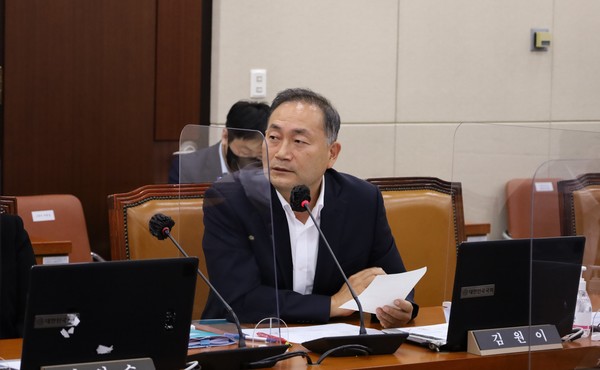The number of Koreans treated for pathological hair loss, including circular hair loss, exceeded 240,000 last year, recording the largest figure in the past five years. Over the past five years, 1,148,800 people have been treated for pathological hair loss.
Kim Won-i of the opposition Democratic Party of Korea said so by analyzing data submitted by the National Health Insurance Service on Monday.
According to Rep. Kim, 243,609 people were treated for pathological alopecia last year, up 13.7 percent from 214,228 in 2017.
The yearly figure increased to 224,688 in 2018, 232,671 in 2019, 233,459 in 2020, and 243,609 in 2021.

Men with hair loss symptoms totaled 135,845, accounting for 55.8 percent of the total, compared to 107,764 women, 44.2 percent.
By age, people in their 30s received most treatments for hair loss, followed by their 40s and 20s.
The number of patients in their 30s totaled 52,722, or 21.6 percent of the total, followed by 52,580 (21.6 percent) in their 40s and 47,549 (19.5 percent) in their 20s. Together they represented 62.7 percent of the total who received hair loss treatment.
Last year, pathological hair loss treatment costs amounted to 41.99 billion won ($29.3 million). It marked a 46.6 percent increase in five years from 28.64 billion won in 2017. As a result, the total cost of pathological hair loss treatment in the past five years reached 177.98 billion won.
Considering hereditary hair loss not covered by health insurance, the number of people with hair loss is estimated to be far higher than is known,” Rep. Kim said. “In the last presidential election, the DPK listened to the opinions of young people about to enter society and suggested the application of health insurance to hair loss as a campaign pledge.”
Noting that hair loss is a social disease, Kim emphasized that policymakers should actively consider applying health insurance to hair loss for young people who are about to enter society.
Currently, health insurance covers pathological hair loss, such as circular hair loss, an autoimmune disease, and hair loss caused by seborrheic dermatitis. However, genetic hair loss and hair loss due to aging are non-payment items inapplicable by health insurance.

